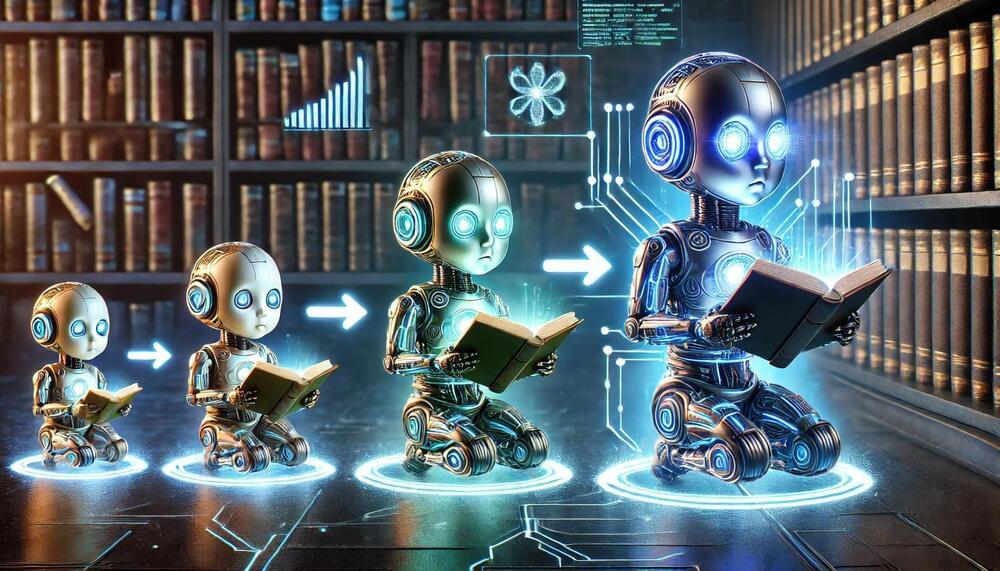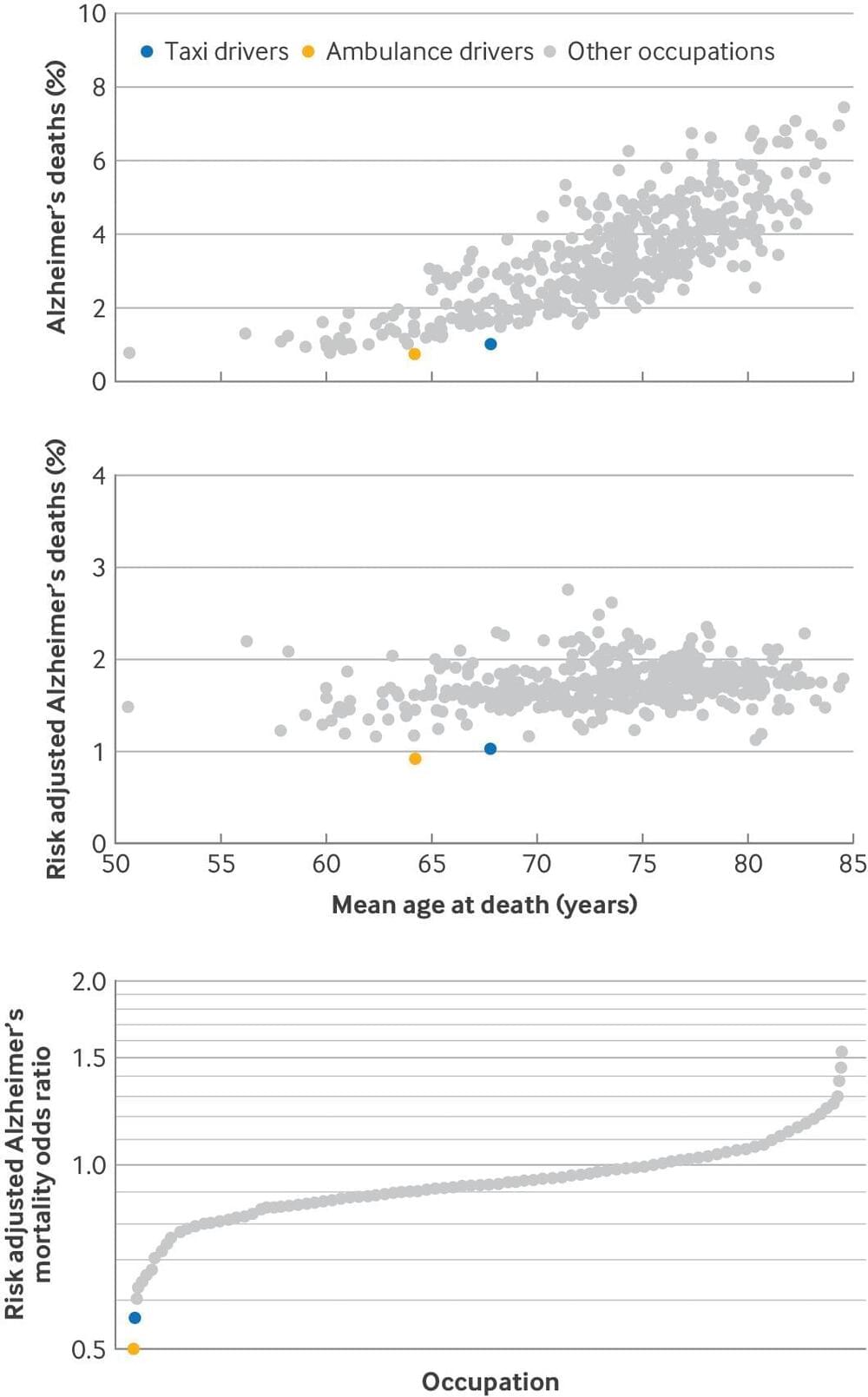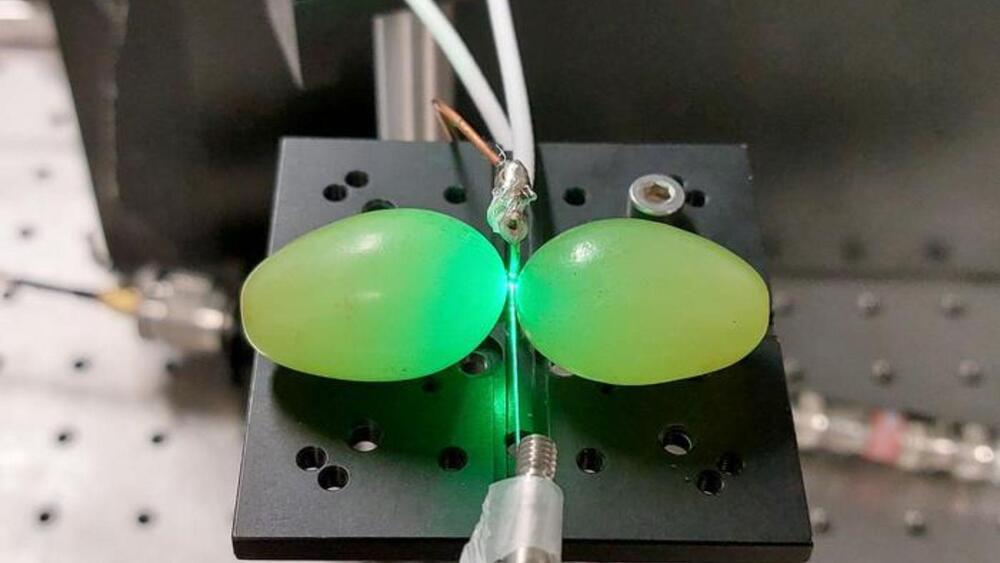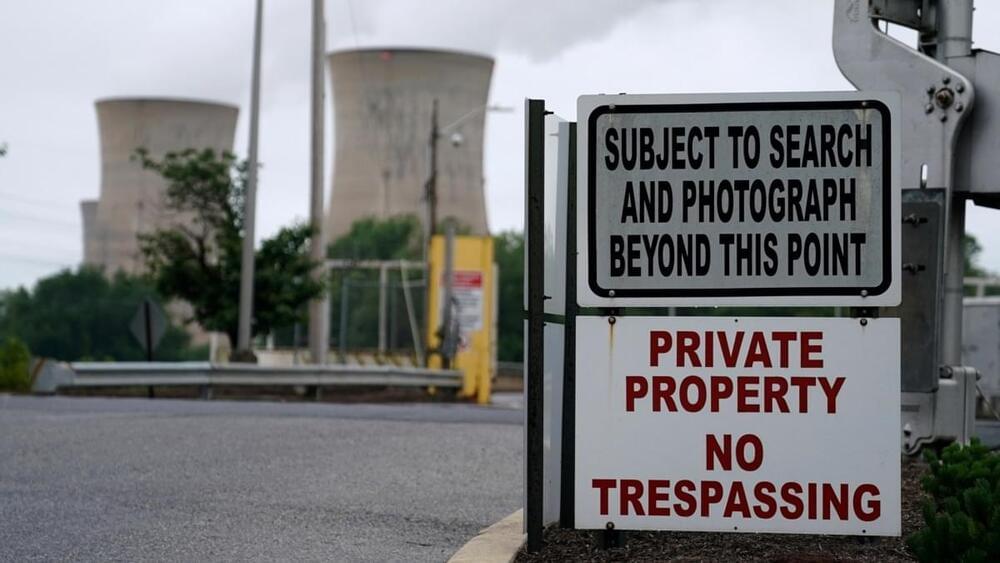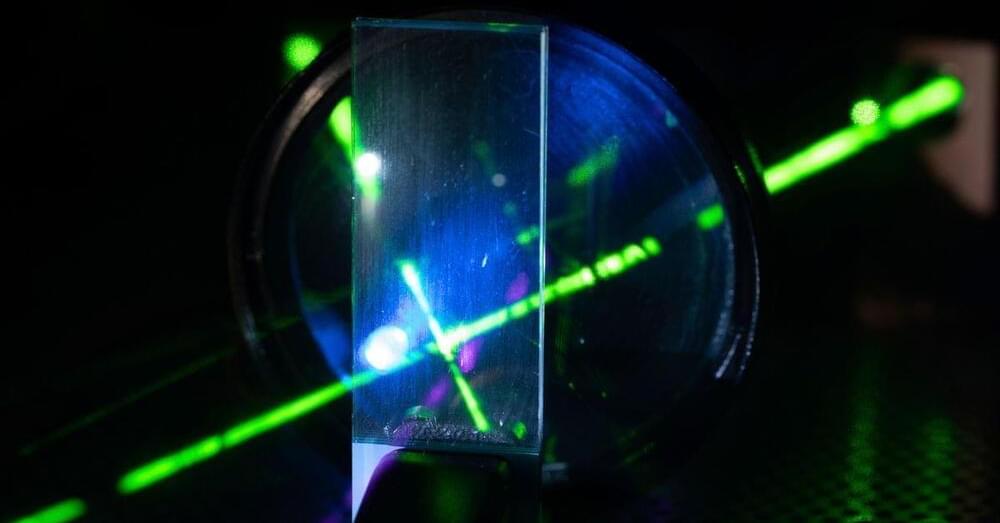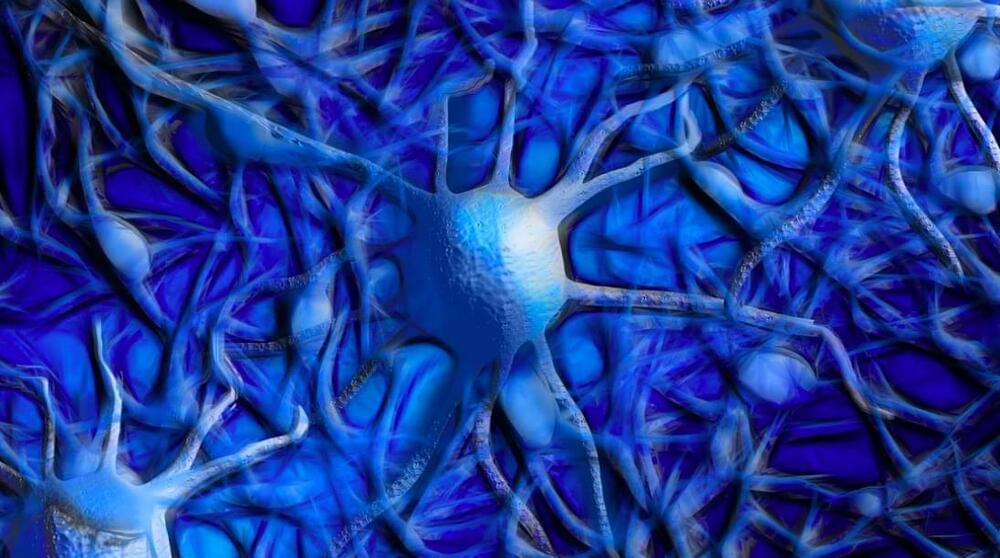A story of how machines learn to think through language.
Energy-efficient AI module for wearables, medical devices, and activity recognition.
Ambient Scientific has unveiled its new AI module, the Sparsh board, which operates on a coin cell battery, making it suitable for a wide array of on-device AI applications.
The module aims to offer solutions for tasks such as human activity recognition, voice control, and acoustic event detection.
This innovation is notable for its ability to function continuously for months without frequent battery replacements.
Objective To analyze mortality attributed to Alzheimer’s disease among taxi drivers and ambulance drivers, occupations that demand frequent spatial and navigational processing, compared with other occupations.
Design Population based cross-sectional study.
Setting Use of death certificates from the National Vital Statistics System in the United States, which were linked to occupation, 1 January 2020–31 December 2022.
Grape pairs enhance magnetic fields, advancing compact, cost-effective quantum sensor technology.
In interesting research, insights from ordinary supermarket grapes led researchers to boost quantum sensor performance.
The study reveals that grape pairs generate localized magnetic field hotspots for microwaves, aiding compact and cost-effective quantum sensor development.
Join us on Patreon! https://www.patreon.com/MichaelLustgartenPhD
Discount Links/Affiliates:
Blood testing (where I get the majority of my labs): https://www.ultalabtests.com/partners/michaellustgarten.
At-Home Metabolomics: https://www.iollo.com?ref=michael-lustgarten.
Use Code: CONQUERAGING At Checkout.
Clearly Filtered Water Filter: https://get.aspr.app/SHoPY
This week’s featured image from the Hubble Space Telescope showcases the spiral galaxy NGC 337, located approximately 60 million light-years away in the constellation Cetus, also known as The Whale.
The stunning image merges observations captured in two different wavelengths, revealing the galaxy’s striking features. Its golden-hued center glows with the light of older stars, while its vibrant blue edges shimmer with the energy of young, newly formed stars. Had Hubble captured NGC 337 about a decade ago, it would have witnessed an extraordinary sight among the galaxy’s hot blue stars — a dazzling supernova illuminating its outskirts.
Named SN 2014cx, the supernova is remarkable for having been discovered nearly simultaneously in two vastly different ways: by a prolific supernova hunter, Koichi Itagaki, and by the All Sky Automated Survey for SuperNovae (ASAS-SN). ASAS-SN is a worldwide network of robotic telescopes that scans the sky for sudden events like supernovae.
OKLAHOMA CITY (AP) — A body camera captured every word and bark uttered as police Sgt. Matt Gilmore and his K-9 dog, Gunner, searched for a group of suspects for nearly an hour.
Normally, the Oklahoma City police sergeant would grab his laptop and spend another 30 to 45 minutes writing up a report about the search. But this time he had artificial intelligence write the first draft.
Pulling from all the sounds and radio chatter picked up by the microphone attached to Gilmore’s body camera, the AI tool churned out a report in eight seconds.
As energy-hungry computer data centers and artificial intelligence programs place ever greater demands on the U.S. power grid, tech companies are looking to a technology that just a few years ago appeared ready to be phased out: nuclear energy.
After several decades in which investment in new nuclear facilities in the U.S. had slowed to a crawl, tech giants Microsoft and Google have recently announced investments in the technology, aimed at securing a reliable source of emissions-free power for years into the future.
Earlier this year, online retailer Amazon, which has an expansive cloud computing business, announced it had reached an agreement to purchase a nuclear energy-fueled data center in Pennsylvania and that it had plans to buy more in the future.
Amazon’s plan, by contrast, does not require either new technology or the resurrection of an older nuclear facility.
New research has found a way to power spacecraft with lasers generated using solar energy alone.
Sometimes pain is a necessary warning signal; for example, if we touch something very hot and it burns, we know to move our hand away. But chronic pain can destroy a person’s quality of life, and it can be extremely challenging to get relief. Some researchers have been searching for ways to deactivate pain receptors, so the body no longer feels the neural signals of chronic pain. Using mouse models of acute inflammatory pain, scientists have shown that it is possible to deactivate pain receptors with genetic engineering tools. The work has been reported in Cell.
“What we have developed is potentially a gene therapy approach for chronic pain,” said senior study author Bryan L. Roth, MD, PhD, a distinguished professor at the University of North Carolina (UNC) School of Medicine, among other appointments. “The idea is that we could deliver this chemogenetic tool through a virus to the neurons that sense the pain. Then, you could just take an inert pill and turn those neurons off, and the pain will literally disappear.”
